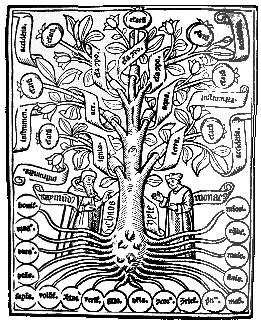

Deleuze and Guattari -- 1000 Plateaus
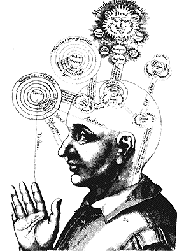

Darrell Berry -- The Poetics of Cyberspace

One of the most striking features of classical memories as revealed in Ad Herennium is the sense of space, depth, lighting in the memory suggested by the place rules; and the care taken to make the images stand out clearly on the loci, for example in the injunction that places must not be too dark, or the images will be obscured, nor too light lest the dazzle confuse the images.
Frances A. Yates -- The Art of Memory
Marcos Novak -- TransTerraFirma: After Territory
Octavio Paz -- Sunstone

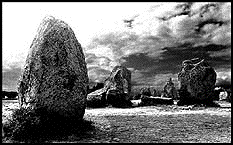
Rainer Maria Rilke -- An Experience
Bruno Schulz - Cinnamon Streets (?)
Ernst Cassirer -- The Philosophy of Symbolic Forms

M. Merleau-Ponty -- Phenomenology of Perception
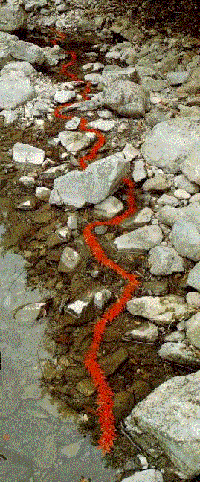


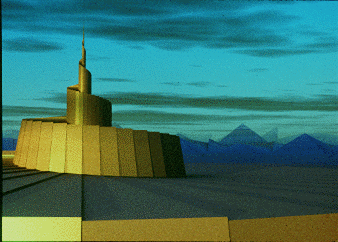
Mircea Eliade -- The Sacred and the Profane